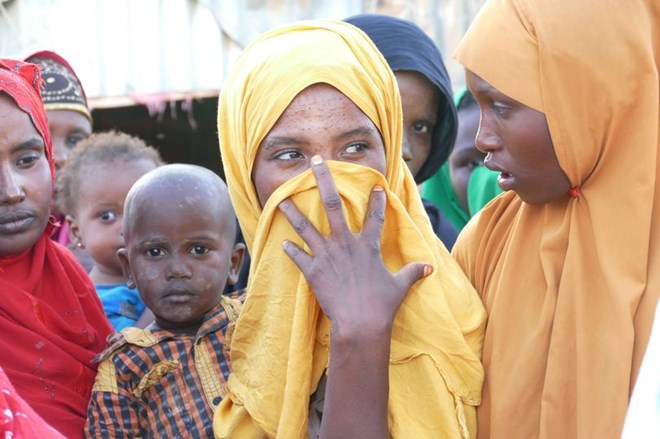
Sunday March 12, 2017

Mogadishu - Somali mothers are facing an agonising choice over how to divide their shrinking food supply among their hungry children as a devastating drought kills off livestock and leaves the Horn of Africa nation facing the possibility of famine.
The drought has shrivelled grass and dried up water holes. In Bay, a key agricultural region, the UN says the harvest has dropped by more than 40%.
Now the UN is warning that the country risks a repeat of the 2011 famine that killed about 260 000 people.
Aid workers are asking for $825m (R11bn) to provide aid to 6.2 million Somalis, about half the country’s population.
The appeal comes after US President Donald Trump signed a revised executive order suspending travel to the US from six mainly Muslim nations, including Somalia.
Trump has justified the measure on national security grounds. He also said he would slash budgets for US aid and diplomacy.
This move could reduce support for the new UN-backed government, which is fighting to overcome an Islamist insurgency. Somalia had been plagued by civil war for more than a quarter of a century.
Insecurity prevents aid workers from accessing parts of the country, so, in many parts of Somalia, families from rural areas are flooding into cities in search of food.
As water sources evaporate, many families are forced to drink water infected with deadly cholera bacteria. The outbreak has affected nearly 8 000 people and has killed more than 180 so far.
Mohamed Ali, 50, came to the central city of Baidoa with his seven children. He said he and his wife were getting weaker as they gave the children their share of what little food they had.
“We let the children eat first and then we follow, but most of the time there’s nothing left because the food is not enough,” he said from a makeshift camp, where families had stretched material over sticks and wire to create shelters.